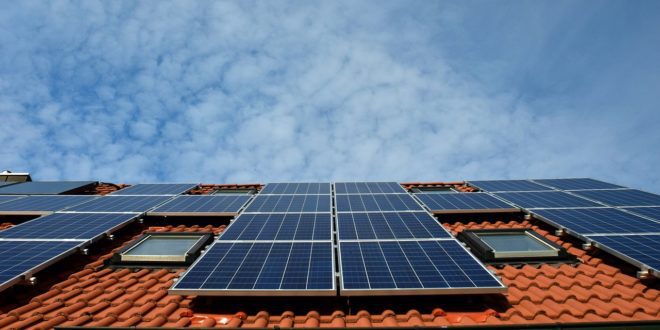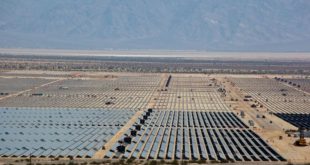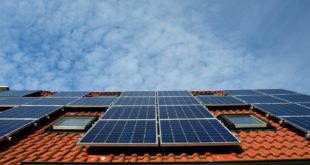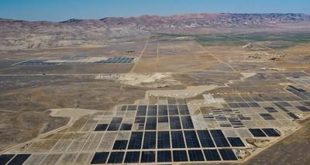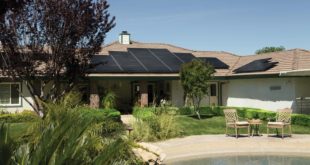A recent study by researchers from the University of York showed that the configuration of solar cells with checkerboard lines might boost their light absorption ability by 125% and contribute to the broader use of renewable energy.
Researchers at University of York, England have recently partnered with NOVA University of Lisbon in Portugal to explore how various solar cell surface structures influence sunlight absorption by PV cells. They claimed that the findings may result in the development of lighter, more flexible, and smaller solar panels, which can be used in a variety of devices and be used to power more dwellings.
The paper titled: “Light trapping in solar cells: simple design rules to maximize absorption” was published in the Optica open access journal and aimed to explore a simplified method for improving the potential of solar cell light trapping – i.e., by growing its solar absorption capabilities. Scientists compared various grating structures, including checkerboard, zigzag, and rose. They noticed that the checkerboard structure worked the best because it enhanced diffraction, which increased the likelihood of light absorption by 125% and the overall electricity production.
The renewable energy industry is always searching for innovative ways to improve the electrical conductivity of solar cells, particularly in lighter materials, which are being used in items from camping facilities to roof tiles and sailboats. The traditional solar cells made up of solar-grade silicon are extremely energy-intensive to manufacture, and thus making thinner PV modules and changing surface structures would allow them to be more affordable and eco-friendly.
Dr. Christian Schuster of the Physics Department at the University of York claimed: “We found a simple trick for boosting the absorption of slim solar cells. Our investigations show that our idea actually rivals the absorption enhancement of more sophisticated designs — while also absorbing more light deep in the plane and less light near the surface structure itself.”
“Our design rule meets all relevant aspects of light-trapping for solar cells, clearing the way for simple, practical, and yet outstanding diffractive structures, with a potential impact beyond photonic applications.”
“This design offers the potential to further integrate solar cells into thinner, flexible materials and therefore create more opportunity to use solar power in more products.”
The research proposes that the design concept may have an impact on applications including wind-breaking panels, acoustic noise shields, biosensor, anti-skid flooring, and atomic cooling applications, as well as the in PV cell or LED market.
Dr. Schuster further said: “In principle, we would deploy ten times more solar power with the same amount of absorber material: ten times thinner solar cells could enable a rapid expansion of photovoltaics, increase solar electricity production, and greatly reduce our carbon footprint.”
“In fact, as refining the silicon raw material is such an energy-intensive process, ten times thinner silicon cells would not only reduce the need for refineries but also cost less, hence empowering our transition to a greener economy.”
By decreasing the manufacturing costs and improving performance, the industry will see a domino effect decrease in cost for the production, installation and long-term maintenance of solar systems. Commercial and residential solar energy has a very bright future.
Article by Power 4 All Electrical, a solar installer based in Albany, WA. See their website here.
 Alternative Energy HQ solar power for homes, wind energy, and bio fuel issues
Alternative Energy HQ solar power for homes, wind energy, and bio fuel issues
